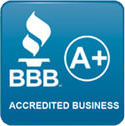Tag Archive for: Poinciana Roof Company
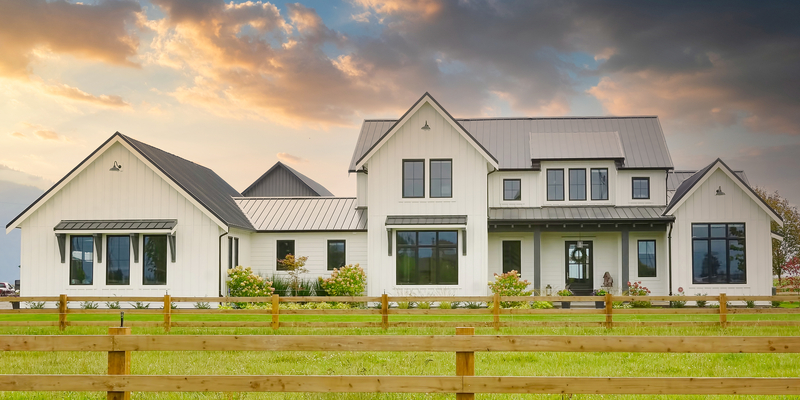
The Evolution of Florida Roofing: Why Homeowners Are Trading Asphalt Shingles for Metal Roofing Systems
For decades, asphalt shingles have been the roofing material of choice for most homeowners across the United States due to their cost-effectiveness and ease of installation. But a major shift has been observed in Florida, where an increasing…
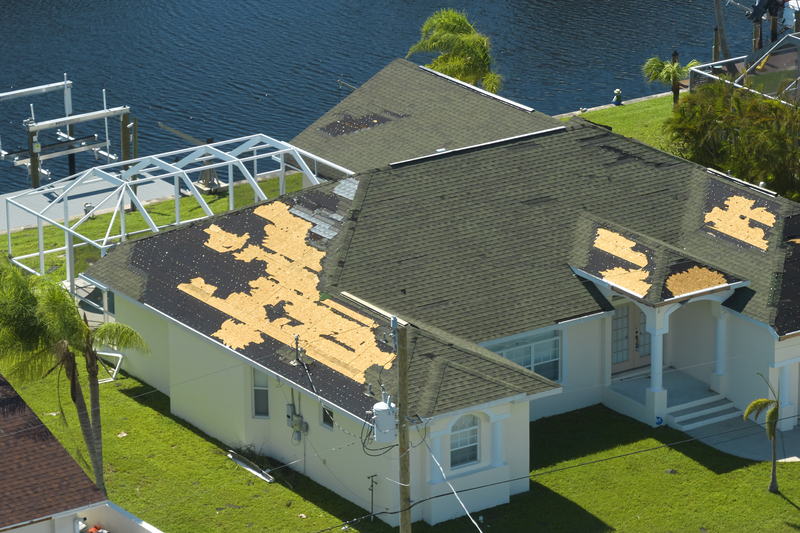
Can a Few Missing Shingles Lead to a Leaky Roof?
Our homes are our sanctuaries, providing us warmth, comfort, and safety. The protective shell of these habitats, the roof, is the first line of defense against nature's fury. What happens when this shield is impaired? More specifically, how…
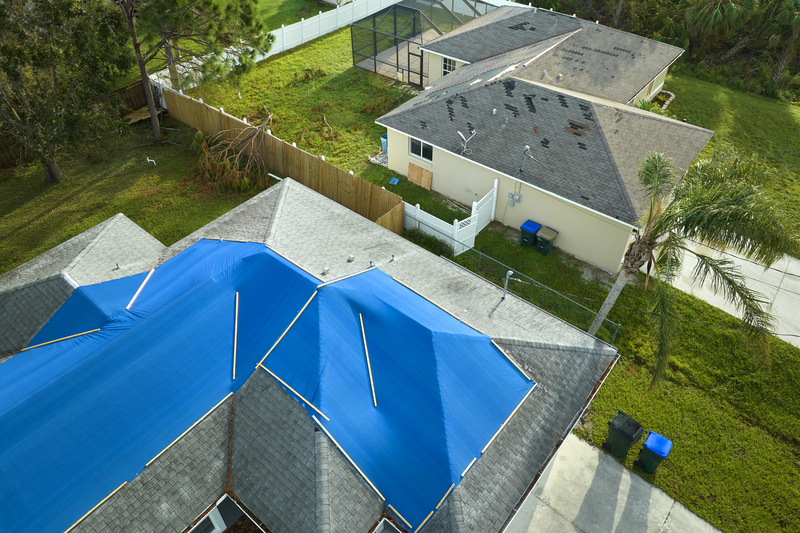
Protective Measures: Can Tarps Safeguard Your Home After a Hurricane?
When nature unleashes its fury through a hurricane, homes and commercial properties often bear the brunt of its destructive power. A key vulnerable area of any property is the roof, where the storm’s wrath can lead to a slew of damage types…

Roofing FAQs: All Your Questions Answered
The roof, often taken for granted, is one of the most vital components of any residence. It serves as the first line of defense against external elements, safeguarding the inhabitants and the interiors. A well-maintained roof offers protection…
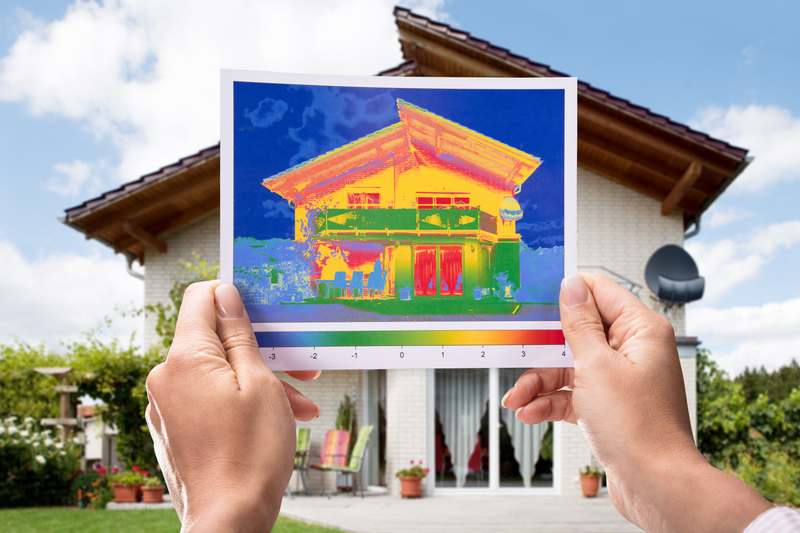
Top Five Strategies for Boosting Your Roof’s Energy Efficiency
The main function of your roof is to provide a shield to your home. However, it plays a significant, yet frequently overlooked role in your home's overall energy efficiency. In climates such as Florida's where high temperatures are the…
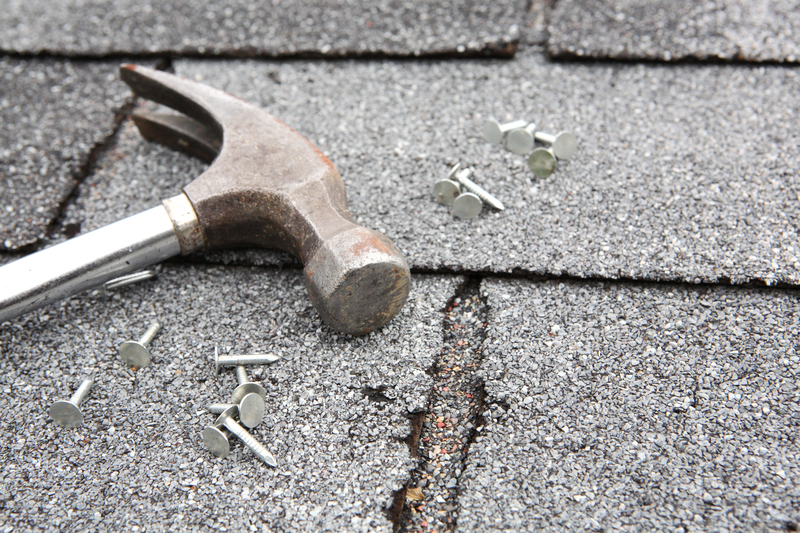
Contemplating Roof Replacement: The Professional Way vs. DIY
The allure of tackling a task yourself, especially if you are gifted with DIY skills, can be quite potent. In the realm of home improvement, this often translates to performing minor repairs or perhaps even contemplating a roof replacement.…
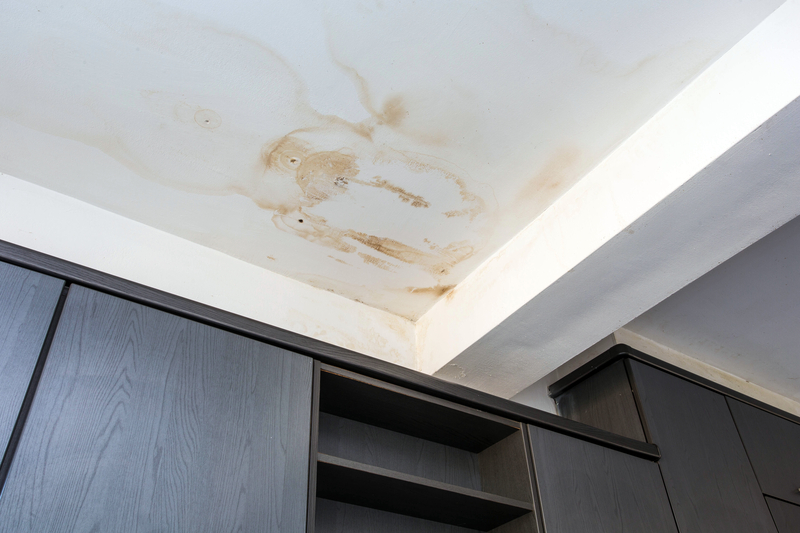
Unmasking the Menace: Understanding Wind-Driven Rain
Have you ever noticed intermittent discolorations on your ceiling or upper levels after a tumultuous rainstorm? While your initial reaction might be to assume a roof leak, the culprit could, in fact, be an intriguing meteorological phenomenon:…
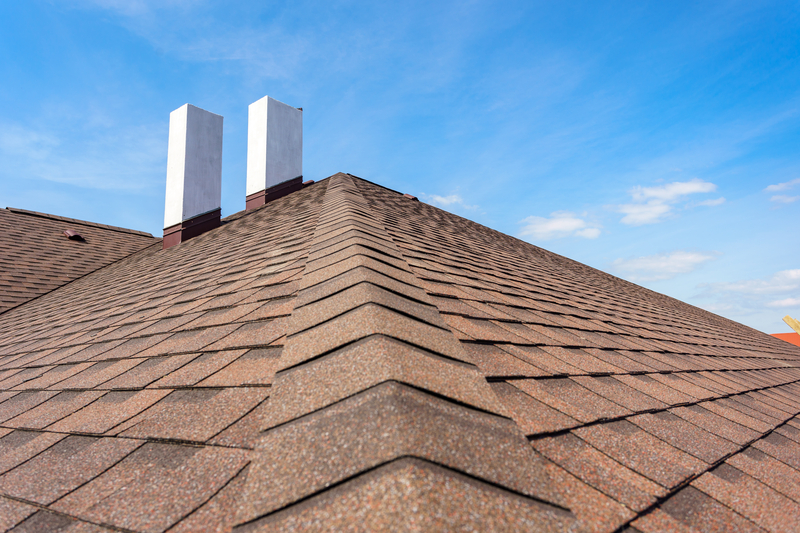
Navigating the Intricacies of Roof Replacement: A Comprehensive Guide
Undertaking a roof replacement is a substantial project, often teeming with a unique set of complexities and uncertainties. This journey, however, is paramount to preserving the integrity of your home, shielding it from the capricious elements.
The…

The Unsung Hero – Your Roof
Standing as a fortress against adverse weather conditions, the roof of your home is its first line of defense. It staves off water damage and ensures a dry, comfortable living space over the years. Nonetheless, despite meticulous maintenance,…

Navigating Roofing Choices: The Optimal Shingles for Florida Homes
Homeownership is a journey punctuated by essential milestones, one of which involves the inevitable roof replacement. This pivotal decision, usually required once every 15 years or so, can be a significant investment. With myriad shingle brands,…

